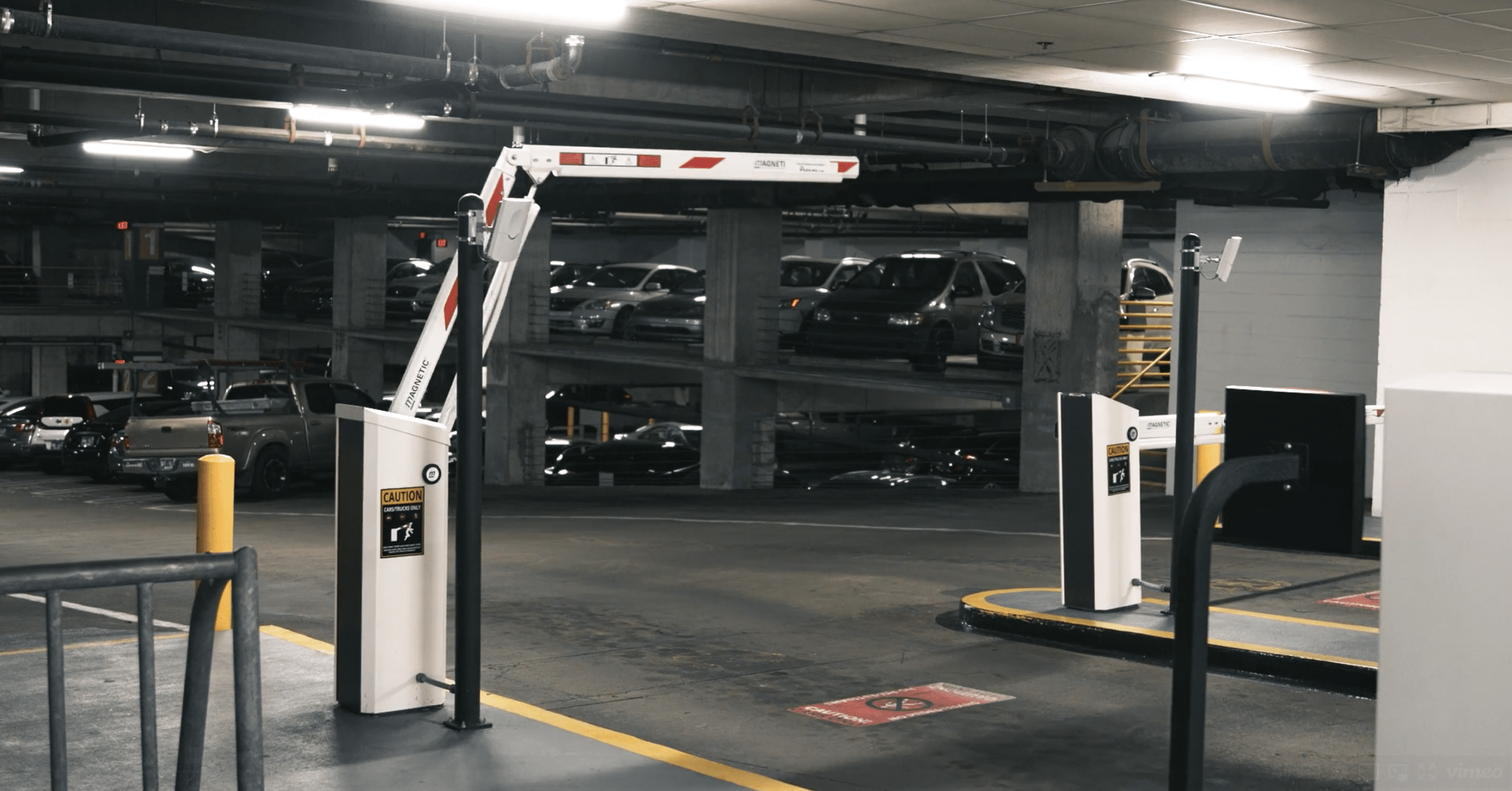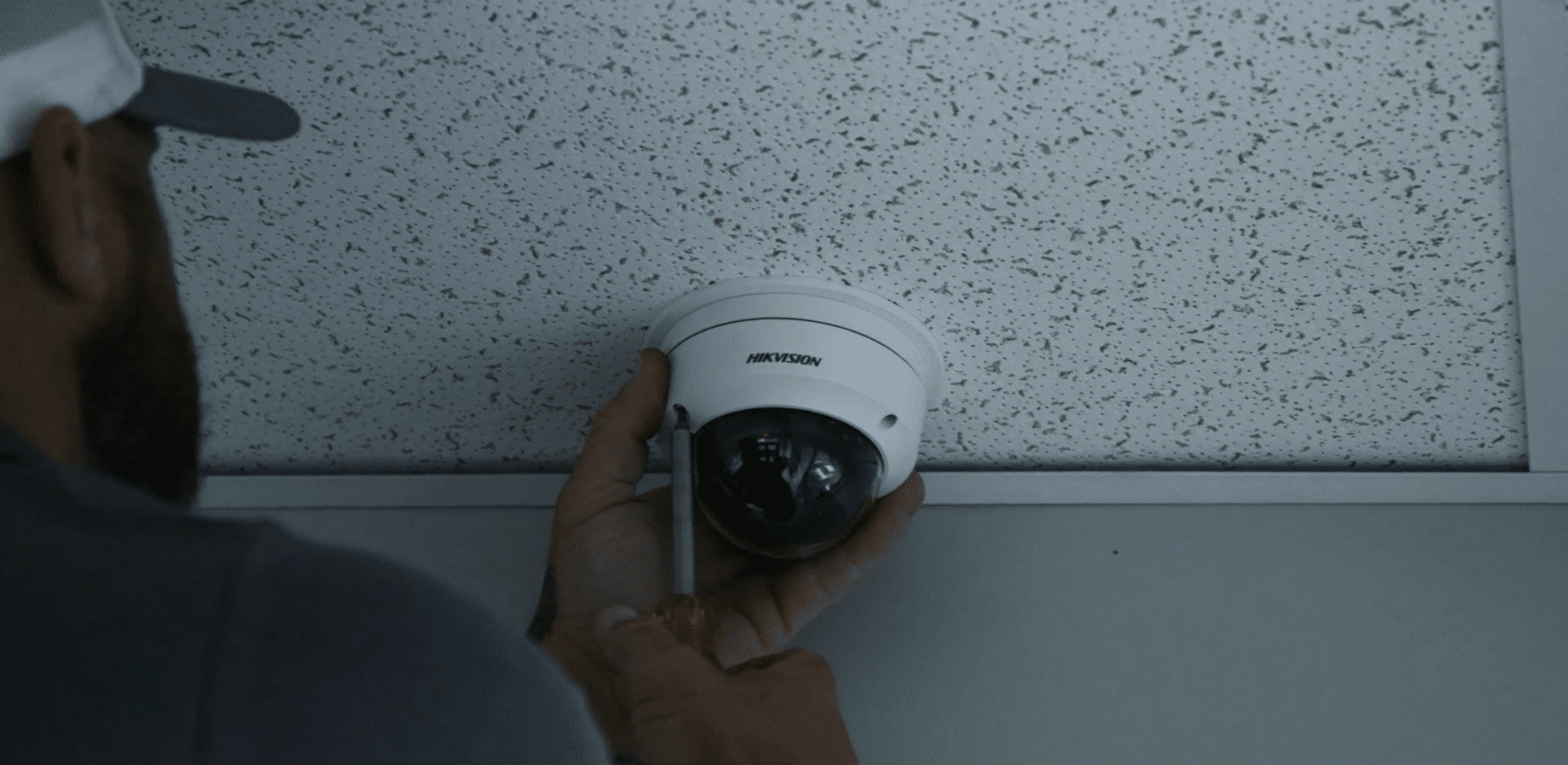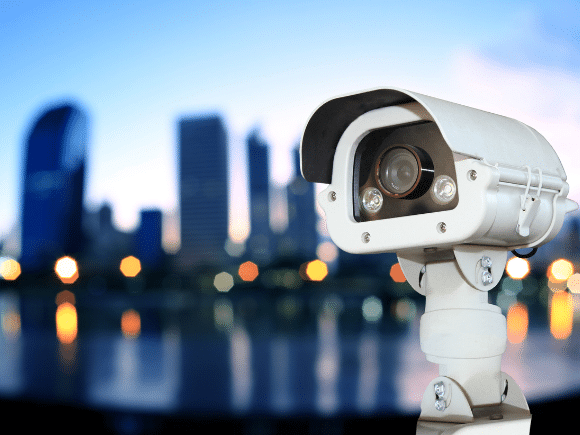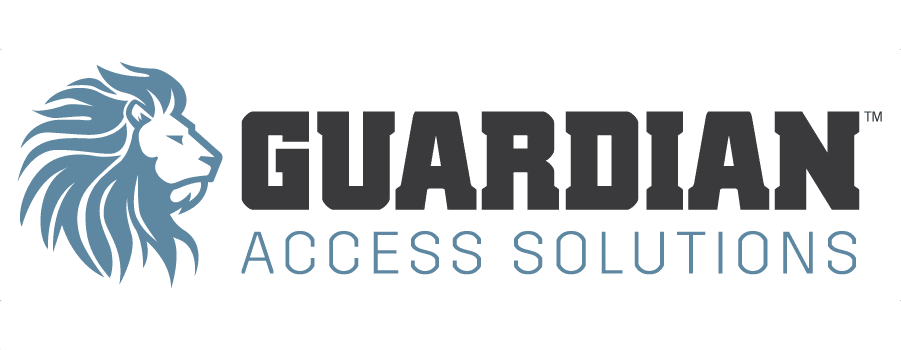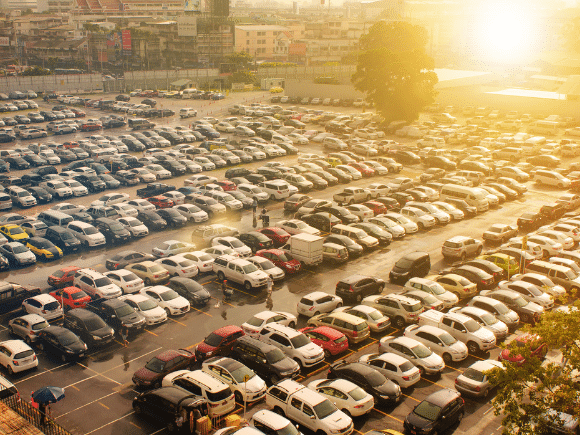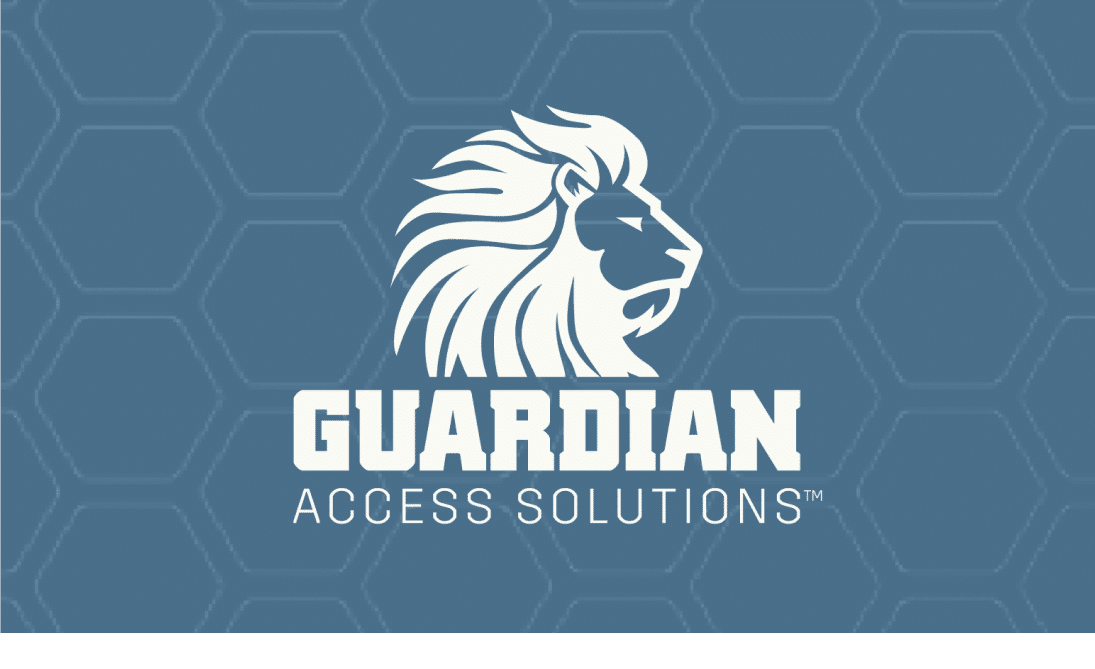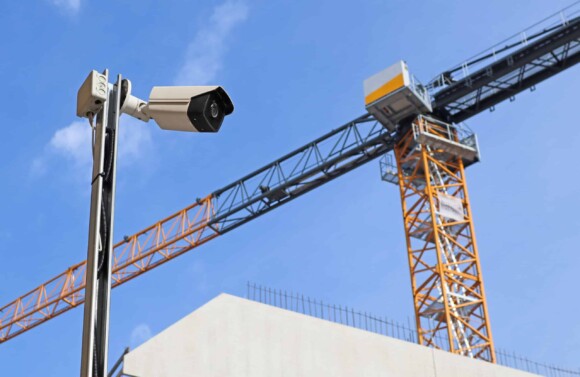
The safety and security of your physical assets are as crucial as managing your business operations. Regular audits of your physical security measures are not just a precaution but a necessity. However, knowing exactly what to look for, how to thoroughly check each component, and understanding the optimal times for inspecting various equipment may not be so obvious.
Maintain Safety With Regular Security Audits
Regular security audits are a critical component of a comprehensive security strategy. They check that your physical security measures are functioning as intended and that there are no missed safety risks, providing peace of mind that your business, employees, and guests on your property are protected.
A comprehensive physical security audit includes:
- Risk Identification: Analyze potential security risks, focusing on unique vulnerabilities specific to the property’s location, design, and usage.
- Access Points Review: Scrutinize all entrances and exits, ensuring they are secure and compliant with safety regulations. This includes a review of emergency exit protocols.
- Security Equipment Evaluation: Assess the condition and effectiveness of existing security equipment, including locks, barriers, and electronic security systems.
- Operational Security Practices: Examine the daily security practices and procedures, ensuring they align with best practices and effectively mitigate risks.
- Architectural Security Assessment: Evaluate the building’s design and external environment for security strengths and weaknesses, including potential hiding spots or unmonitored areas.
- Lighting and Visibility Analysis: Inspect the adequacy of lighting around the property, particularly in parking areas, walkways, and other outdoor spaces.
- Guest and Visitor Management Systems: Review the processes for managing and tracking visitors, focusing on verification and access control.
- Security Communication Systems: Check the effectiveness of communication channels used by security personnel, including emergency response protocols.
- Barrier and Perimeter Security: Assess the strength and integrity of physical barriers such as fences, gates, and walls around the property.
- System Integration Check: Check seamless integration and functionality of all security systems, including access control and surveillance cameras.
- Emergency Response Preparedness: Evaluate the readiness and effectiveness of emergency response plans for various scenarios, including fire, natural disasters, and security breaches.
- Staff Security Training: Determine the level of security awareness and training among employees, focusing on their ability to respond to security incidents and breaches.
Access Control Audit
In addition to evaluating the performance and integrity of your existing access control systems and equipment, a vital part of the audit involves identifying and securing any potential openings or areas that may have been overlooked in your security plan. These vulnerabilities serve as unintended entry points, compromising the overall security of your property.
Addressing security gaps in your access control efforts:
- Comprehensive Site Assessment: Conduct a thorough walk-through of your facility, paying special attention to less frequented areas. Look for any openings, such as unsecured windows, secondary doors, or service entrances, that your current access control system might not adequately cover.
- Integration of Surveillance: Surveillance systems like CCVE/CCTV cameras complement your access control measures. Check for blind spots or areas not adequately monitored by cameras, especially near access points.
- Evaluating Peripheral Security: Assess the perimeter of your property. Your access control strategy should include fences, gates, and barriers to prevent unauthorized entry from the outermost boundaries.
- Upgrading Technology: Consider implementing advanced technologies such as motion detectors and integrated access control solutions that cover all potential entry points, including those previously unmonitored due to expanding property development and growth.
- Regular Updates and Reassessments: As your security needs change, so should your access control measures. Regularly update your security plan to cover new vulnerabilities that may arise due to changes in building layout, usage, or emerging security threats.
Best practices for an access control audit:
Engage Security Experts: Access the expertise of security professionals like Guardian Access Solutions, who have the experience and knowledge to identify potential vulnerabilities that might be missed in an internal audit.
- Employee Feedback: Engage with employees who are able to provide valuable insights into areas of the facility that are less secure or often overlooked.
- Documentation and Action Plan: Document all findings and create an action plan to address any uncovered vulnerabilities. This plan should include timelines and responsibilities for implementing security upgrades.
Strengthening Your Business’s Barrier
Gates are more than entry and exit points. They are a critical component of your overall security strategy. Gates control access, manage traffic flow, and act as a deterrent against unauthorized entry. Regular audits of your gate systems are essential to confirm they are operational but also effective in providing the security your business needs.
Tips for auditing your gate systems:
- Operational Integrity: Check that gates open and close smoothly without any malfunctions. Check that the mechanisms, such as hydraulic arms or electronic openers, are in good working condition.
- Access Control Integration: Verify that your gates are properly integrated with your access control systems. Test the responsiveness of gates to access credentials and remote controls.
- Physical Inspection: Look for signs of wear and tear, rust, or damage. Check that hinges, locks, and welding points are secure and intact.
- Security Features: Assess additional security features like spikes, barbed wire, or motion sensors. Verify that they are properly installed and functioning as intended.
- Surveillance Coordination: Confirm that surveillance systems like CCTV cameras cover the gate area adequately, leaving no blind spots for potential security breaches.
Processes for conducting gate audits:
- Routine Checks:
Establish a schedule for regular gate audits. High-traffic gates may require more frequent checks.
- Professional Assessment: Use the expertise of security professionals like Guardian Access Solutions for a comprehensive evaluation. Professionals provide insights into the latest security technologies and best practices for gate security.
- Emergency Protocols: Test emergency access and lockdown features of your gate systems. Verify that they can be overridden or activated quickly in case of emergencies.
- Documentation and Upgrades: Keep detailed records of all audit findings. If vulnerabilities or inefficiencies are identified, promptly plan for necessary upgrades or repairs.
A Closer Look at Overhead Door Audits
Overhead doors provide both security and operational efficiency for industrial and warehouse properties. They give access to large delivery vehicles and heavy equipment while protecting your assets and personnel when closed. Maintaining the functionality and efficiency of overhead doors is imperative for the smooth operation of your business.
Main points of an overhead door audit:
- Operational Reliability: Regularly check the mechanical components of the doors, including tracks, rollers, and springs, for signs of wear or damage. Make sure the doors open and close smoothly and securely.
- Safety Features: Verify that all safety mechanisms, such as auto-reverse features and emergency stop functions, are in working order to prevent accidents.
- Security Integration: Assess how well your overhead doors integrate with your overall security system. This includes checking for any vulnerabilities that could be exploited for unauthorized access.
- Energy Efficiency: For insulated doors, check that they effectively maintain internal climates, which is crucial for temperature-sensitive storage and energy efficiency.
- Physical Condition: Inspect the door panels for any signs of damage or tampering. Check the seals and weather stripping to confirm they are intact.
Recommendations to include when auditing your overhead doors:
Routine Inspections: Establish a regular schedule for inspecting overhead doors, especially in high-usage environments.
- Professional Expertise: Engage with specialists like Guardian Access Solutions, who provide a thorough assessment and recommend any necessary upgrades or repairs.
- Compliance Checks: Check that your overhead doors comply with relevant safety standards and regulations, such as those set by OSHA.
- Maintenance Records: Keep detailed records of maintenance and repairs to track the door’s condition over time and stay in compliance with safety regulations.
Aligning Your Parking Management Audit
A well-managed parking system optimizes space and traffic flow while enhancing the safety of vehicles and pedestrians. Regular audits of your parking management systems maintain optimal function, providing security and convenience to your visitors and staff.
Elements to focus on when working through a controlled parking audit:
- Entry and Exit Terminals: Check the functionality of gates, ticket dispensers, and card readers. Make sure they are processing entries and exits accurately and efficiently.
- Payment Systems: Verify that payment kiosks and stations function correctly, offering users secure and convenient payment options.
- License Plate Recognition (LPR) Systems: Assess the accuracy and reliability of LPR systems in identifying and recording vehicle details, which is crucial for security and enforcement.
- Surveillance Integration: Verify that parking areas are adequately covered by CCTV cameras, with no blind spots that could compromise security.
- Signage and Wayfinding: Confirm that signage is clear and visible, guiding users effectively and contributing to a safe and orderly parking experience.
Additional points to address in keeping your parking area checklist thorough:
- Regular Inspections: Establish a schedule for routine audits, especially in high-traffic parking facilities.
- Professional Expertise: Consider consulting with parking management specialists like Guardian Access Solutions for a comprehensive evaluation and recommendations for improvements.
- Technology Upgrades: Stay updated with the latest parking management technologies and consider upgrades to enhance security and user experience.
- Compliance and Safety: Your parking management systems must comply with relevant safety standards and regulations.
Fine Tuning Your CCVE/CCTV Audit Strategy
Closed-circuit television (CCTV) or Commercial Closed Video Equipment (CCVE) systems are indispensable in protecting and monitoring your property. They offer a way to keep visibility on activities in real-time, deter potential criminal actions, and record events for future reference. Regular audits of these systems are required to continue efficient coverage and function effectively.
Areas to spotlight in CCVE/CCTV audits:
- Camera Functionality and Quality: Make sure all cameras are operational and provide clear, high-quality footage. Check for any signs of damage or obstruction that could impair their functionality.
- Coverage and Blind Spots: Assess the placement of cameras to confirm they cover all critical areas with minimal blind spots. Adjustments may be needed to accommodate changes in the environment or facility layout.
- Recording and Storage: Verify that recording systems are working correctly, with adequate storage capacity and reliable backup solutions.
- Integration with Other Security Systems: Confirm that your CCVE/CCTV system integrates seamlessly with other security measures, such as access control systems.
- Remote Access and Monitoring: Test remote access capabilities to confirm authorized personnel can monitor footage from different locations as needed.
Essential techniques and tips to include in your CCVE/ CCTV audit and checklist:
- Routine Evaluations: Schedule regular audits to maintain optimal performance, especially in high-security or traffic areas.
- Expert Consultation: Consider enlisting the expertise of CCVE/CCTV specialists like Guardian Access Solutions for a thorough assessment and advice on the latest technologies and best practices.
- Compliance with Regulations: Verify that your CCVE/CCTV system complies with privacy laws and regulations, particularly in areas where surveillance is subject to legal restrictions.
- Continuous Improvement: Stay informed about advancements in surveillance technology and consider upgrades to enhance system capabilities and efficiency.
Securing Every Corner
Through these audits, you gain the power to address potential vulnerabilities before they become threats. This proactive approach is key to staying ahead of security challenges. It involves thoroughly examining physical hardware and systems and understanding how these elements integrate to form a cohesive security strategy.
Guardian Access Solutions understands the complexity and nuances of such comprehensive security audits. Whether enhancing your access control systems, fortifying gate security, ensuring the reliability of your overhead doors, optimizing parking management, or upgrading CCVE/CCTV systems, we are here to guide you every step of the way. Contact us today to schedule and take the first step toward enhanced security and efficiency.
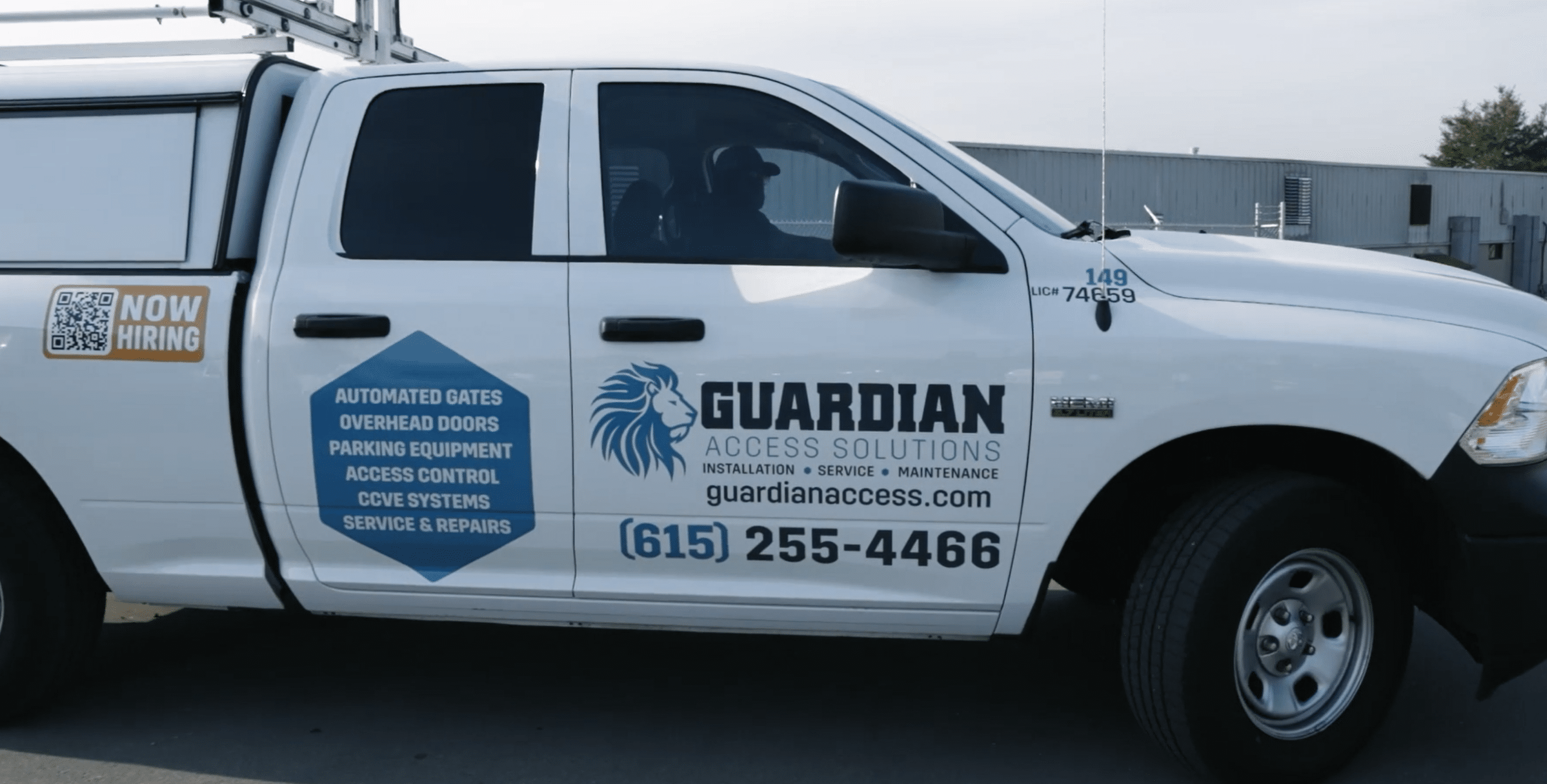 Engage Security Experts: Access the expertise of security professionals like Guardian Access Solutions, who have the experience and knowledge to identify potential vulnerabilities that might be missed in an internal audit.
Engage Security Experts: Access the expertise of security professionals like Guardian Access Solutions, who have the experience and knowledge to identify potential vulnerabilities that might be missed in an internal audit.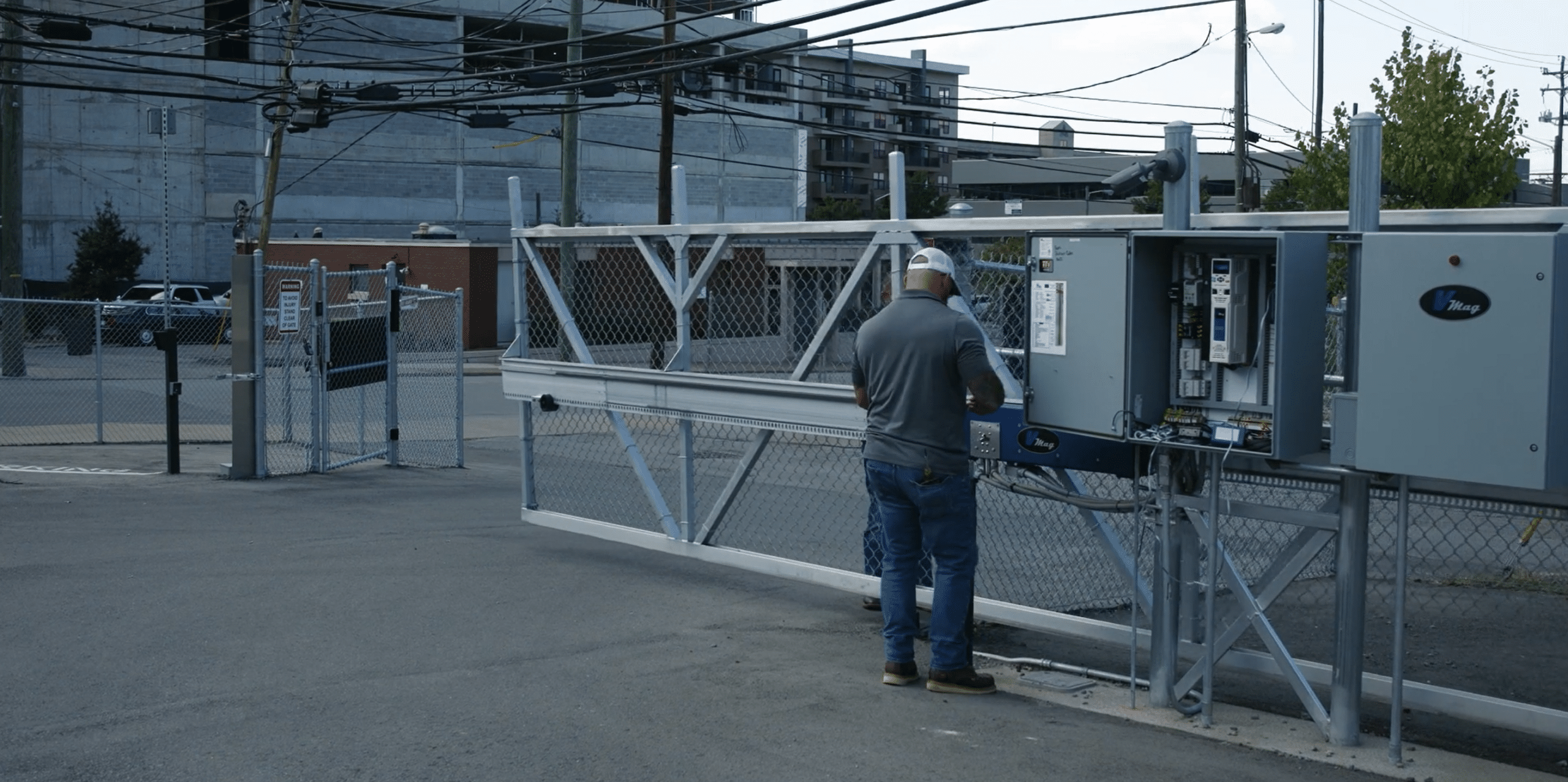 Establish a schedule for regular gate audits. High-traffic gates may require more frequent checks.
Establish a schedule for regular gate audits. High-traffic gates may require more frequent checks. Routine Inspections: Establish a regular schedule for inspecting overhead doors, especially in high-usage environments.
Routine Inspections: Establish a regular schedule for inspecting overhead doors, especially in high-usage environments.